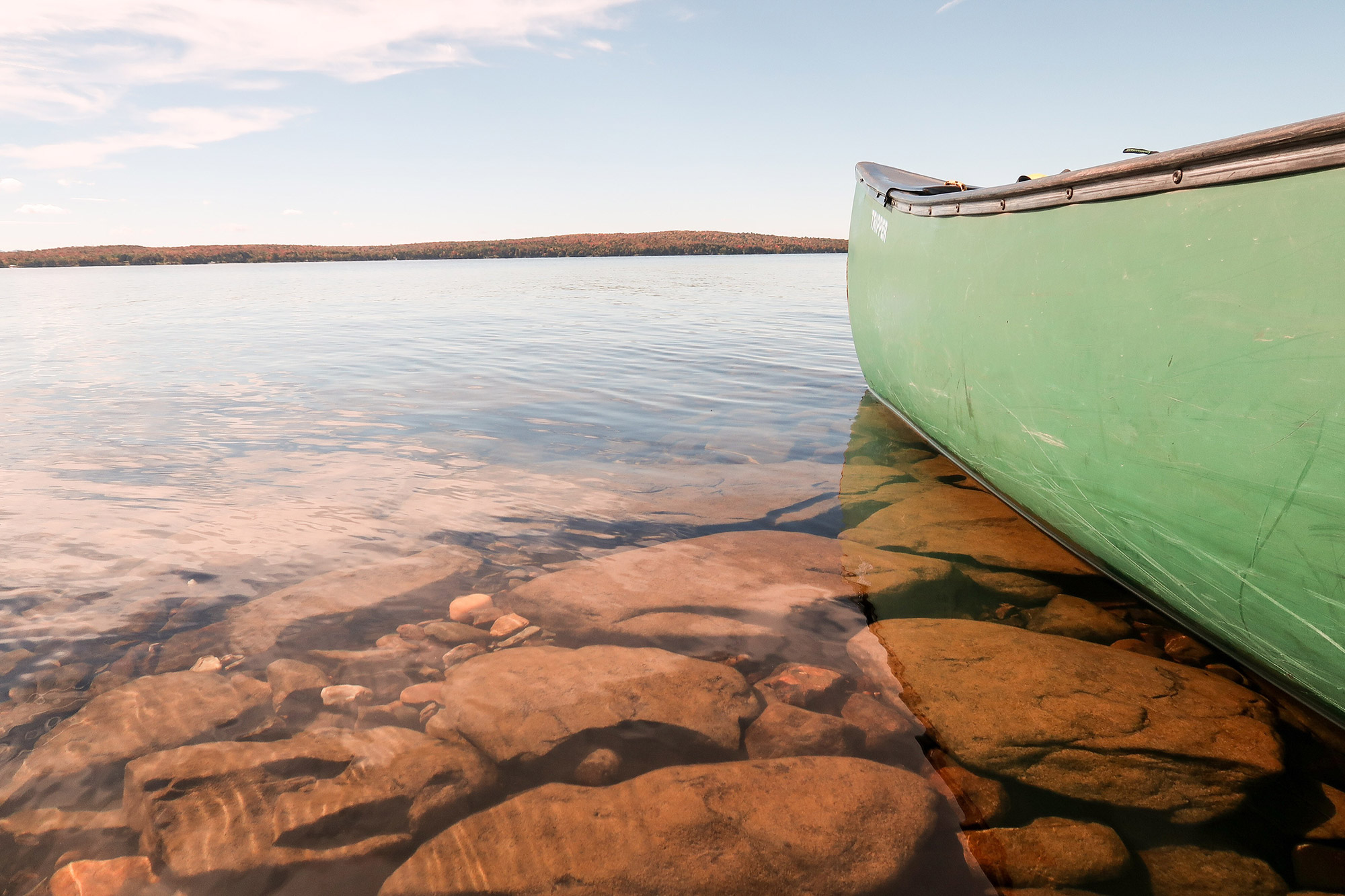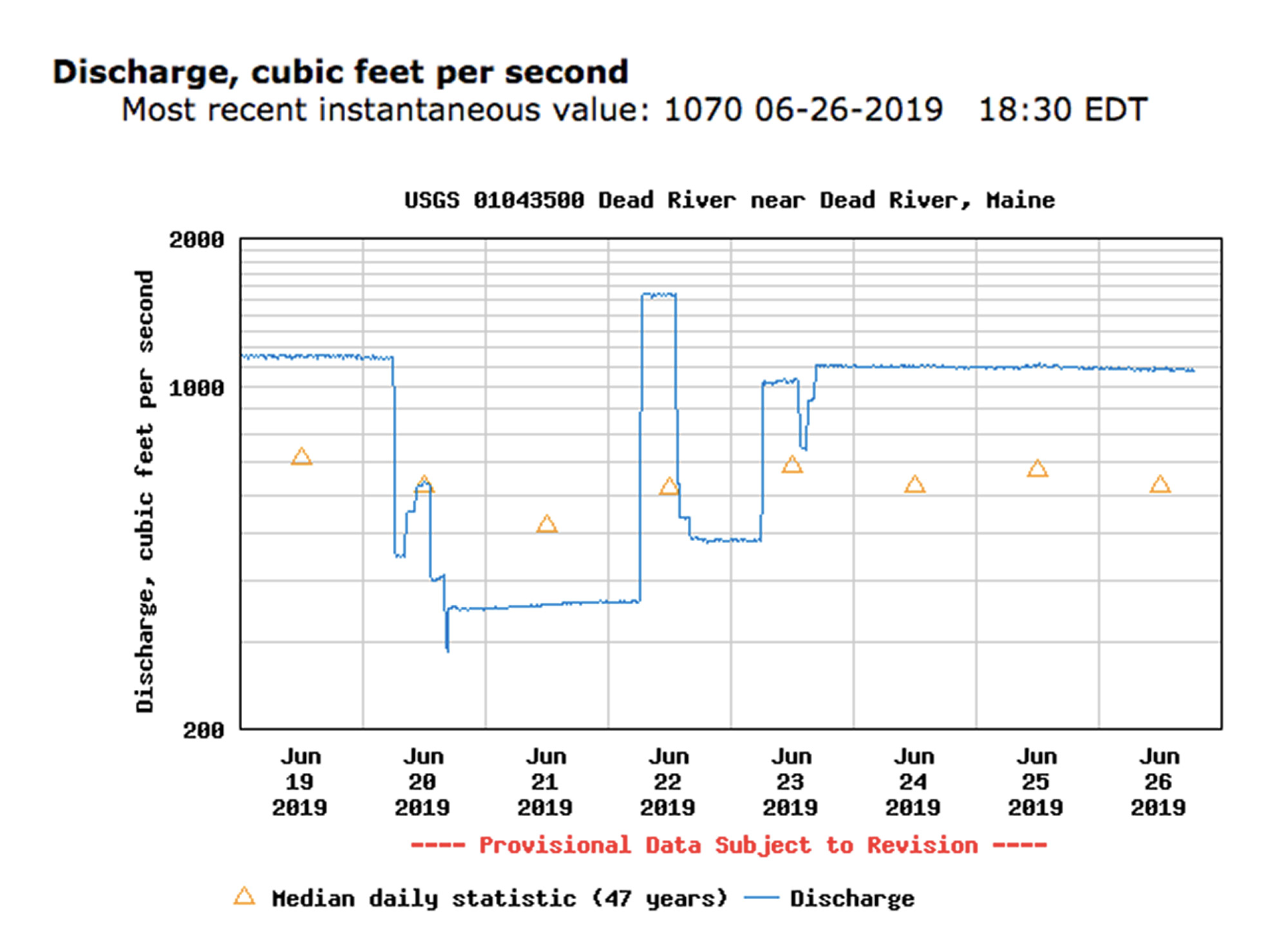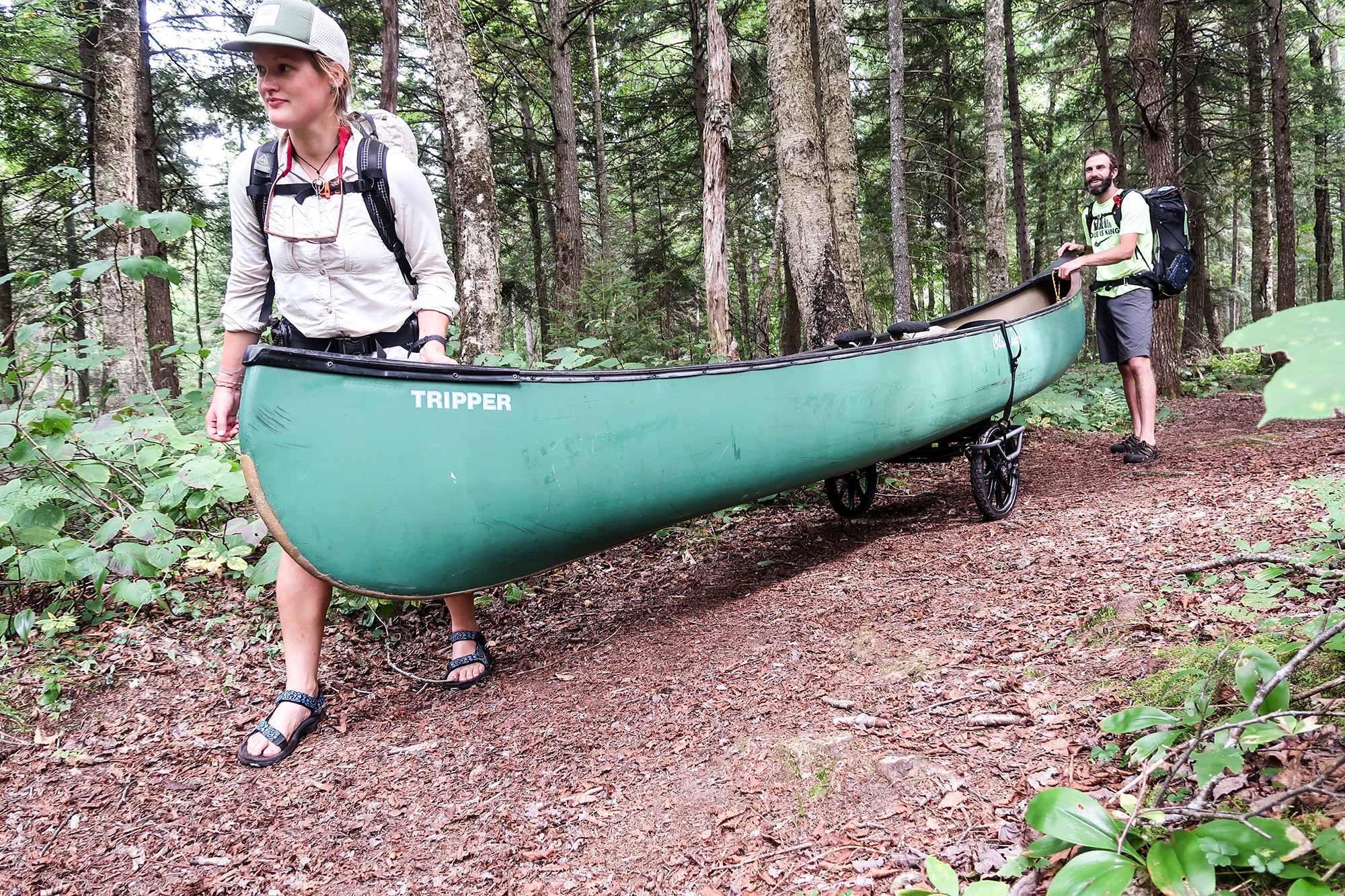Don’t get us wrong, long-distance paddling trips are a battle. While they’re not necessarily physically hard, but they demand the skills and mental willpower to navigate a wide variety of circumstances. But for paddlers willing to take on the distance, the trials come with exceptional rewards: access to some of the most pristine wilderness in the world, genuine and informative interactions with small-town locals, uninterrupted views and plenty of vitamin D. A human-powered adventure of this nature, such as the Florida Saltwater Trail, Northern Forest Canoe Trail and rivers like the Mississippi, Susquehanna and Delaware, gives paddlers experiences to take with them beyond the water. For those ready to take recreational to the next level, here’s 8 tips to help you get there:

1. Be flexible
On a long-distance trip or any kind, there’s little guarantee that things will go according to plan. At some point, bad weather will roll through, gear will malfunction, and our bodies and mind will scream for a break. There’s only so much planning you can do to prepare for such a feat, so keeping an open mind is crucial. The more you can stop stressing about the circumstances outside of your control, and put your focus into problem solving as things come up, the greater joy you’ll get from the experience. That adaptability is the heart of endurance activities.
2. Know your vessel
Depending on the route and your personal preferences, you may opt for either a kayak or a canoe. Regardless, it’s important to understand your boat before setting out on a long trip. The longer the distance, the more variety in conditions you’ll experience. The size and type may vary from trip-to-trip and paddler-to-paddler, but remember that there will be give and take and nothing will be perfect in every condition. Take your boat out as much as possible prior to a big trip to better understand what it can and can’t handle. How stable is it? Is its composition durable enough to handle a rocky river at lower water levels? Know what elements you can and can’t take it through to avoid learning the hard way.
3. Pack light
It’s easy to cram too much gear into a boat. Lightweight tents, sleep systems and cooking equipment will simplify your portages and daily tasks in camp. Popular gear for backpacking and thru-hiking will work equally efficiently on a long-distance paddle, but keep everything in high-quality dry bags. Carry one set of clothes for paddling, and one for sleeping, plus a cold or wet weather layer. Since you’re on the water, rinsing clothes out couldn’t be easier that carrying extra clean options. Stick to the basics as best you can and remember that the longer you’re out, the less you’ll care about luxury items like camp chairs and books.

4. Understand your partner well
Or, be ready to find out about them pretty quickly. If you’re in a tandem canoe (or kayak), prepare for long days with little space from your partner. An integral communication system needs to already exist between you, or have the patience to develop one while you’re out on a multi-week trip. A fluid understanding of each other’s strengths and weaknesses helps when dividing up responsibilities when it comes to paddling, navigation and camp. A long-distance paddle test any relationship but the skills gained from the endeavor will stretch beyond days on the water.
5. Practice navigation skills
Navigating hundreds of miles of waterways, often very remote, can be intimidating. While there are long-distance rivers and trails that already exist, many paddlers opt to map their own unique routes connecting waterways. Both will require sufficient navigational skills without relying on electronic devices. It’s advisable to practice general topographic map and compass skills, be familiar with waterway markers, and have an understanding of your pace in a variety of conditions. Pay attention and study you’re route as you go, so you recognize being off-course quickly.
6. Come up with a resupply plan
Resupplying on a long paddle can be challenging with a boat in tow. It’s easiest to map your route to hit boat launches within walking distance of town amenities (or, like the Mississippi or NFCT, plan your route to travel directly through towns). I’ve had great luck bringing a cable lock or chatting up folks at marinas or boat rental shops about housing our boat for a few hours while I run errands.

7. Watch water levels
Unless you’re trip strictly follows lakes, oceans or large bodies of water, you should be aware of the water levels and what they mean. TheUSGS Water Datais a reliable resource for current water levels. Keep an eye on the CFS flow measurement (cubic feet per second) and gage height (feet). Directly after a big rainfall they will spike and then settle. They can vary but typically June is a great month for paddling after the snow melts in the mountains, but there can be great windows of opportunity later in the summer or fall after a good spell of rain. Late in the season, rivers will be become unpaddleable below 300 CFS. If you’re paddling water affected by tides, find an updated tide schedule.
8. Invest in a good cart
Chances are, you’ll be portaging your boat at some point. A wheel-able cartmakes things much easier, even for short distances around dams and bridges. Some avid paddlers will build their own custom carts, because many of the of the carts on the market today aren’t built with the durability to endure distance and variable terrain. Weight aside, pick a cart with at least 15-inch tires.

Effie Drew
Effie is a long-distance adventurer and pursuer of quiet places and new experiences. She was born and raised in Portland, ME and spent much of her youth in the White Mountains and Maine North Woods. Having traveled over 7,000 miles by foot (& canoe), including the Appalachian Trail, Continental Divide Trail and Northern Forest Canoe Trail, she is happiest while living out of a backpack in the outdoors with her Aussie Shepherd dog, Luna.
Related Posts
April 2, 2024
10 Tips for Mountain Biking Etiquette During Mud Season
One rough spring could ruin the…




